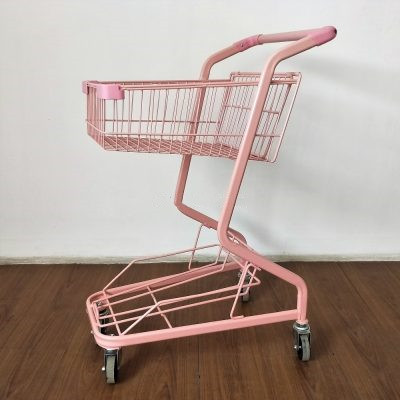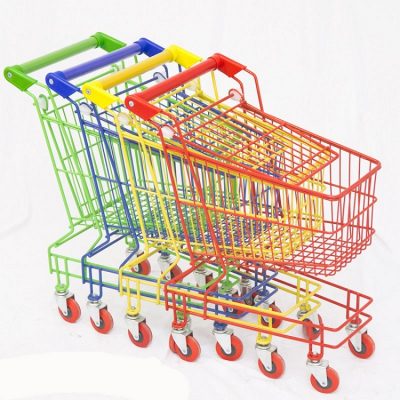1. Determine Your Requirements: Identify the purpose of the trolley and the type of tasks it will be used for. Are you moving heavy items, delicate objects, or a mix of both? Do you need it for indoor or outdoor use? Knowing your requirements will help narrow down your options.
2. Load Capacity: Consider the maximum weight the trolley needs to carry. Choose a trolley with a load capacity that comfortably accommodates the heaviest items you’ll be transporting.
3. Size and Dimensions: Evaluate the dimensions of the items you’ll be moving. Ensure the platform size of the trolley is sufficient to hold your items without overhanging or creating stability issues.
4. Material and Durability: Trolleys come in various materials, such as steel, aluminum, or plastic. Each material has its advantages. Steel is durable but heavier, while aluminum is lightweight and resistant to corrosion. Plastic trolleys are suitable for lighter loads and may be more maneuverable.
5. Wheel Configuration: Choose between swivel and fixed wheels. Swivel wheels offer greater maneuverability, making it easier to navigate tight spaces. Fixed wheels provide stability when moving in a straight line but may require more effort to turn.
6. Wheel Size and Type: Consider the size and type of wheels. Larger wheels are better for uneven surfaces and outdoor use. Rubber or pneumatic wheels provide shock absorption, while polyurethane wheels are durable and suitable for indoor use.
7. Brake System: Some trolleys come with brakes to secure the trolley in place when stationary, especially on inclines. If you’ll be working on slopes or ramps, brakes are a valuable safety feature.
8. Handle Design: The handle should be comfortable to grip and at an appropriate height for the user. Some trolleys offer foldable or telescopic handles for easy storage.
9. Folding or Non-Folding: Consider whether you need a folding trolley for easy storage when not in use. Folding trolleys are especially useful if space is limited.
10. Terrain and Environment: Think about the environment in which the trolley will be used. If you’ll be navigating rough surfaces, ramps, or outdoor spaces, choose a trolley with wheels suitable for those conditions.
11. Additional Features: Some trolleys come with extra features such as shelves, compartments, or removable handles. These features can enhance functionality and help organize items during transportation.
12. Budget: Set a budget based on your requirements and the quality you’re seeking. While cost is a consideration, prioritize getting a trolley that meets your needs and is built to last.
13. Reviews and Recommendations: Research and read reviews from users who have purchased similar trolleys. Their experiences can provide valuable insights into the pros and cons of different models.
14. Test Before Purchase: If possible, try out the trolley before buying it. Push it around, simulate loading, and evaluate its maneuverability and comfort.
15. Brand and Warranty: Choose reputable brands known for producing high-quality trolleys. Check the warranty to ensure you’re covered in case of defects or issues.
By carefully considering these factors and evaluating your specific needs, you can select the right platform trolley that will make your material handling tasks efficient and hassle-free.



















